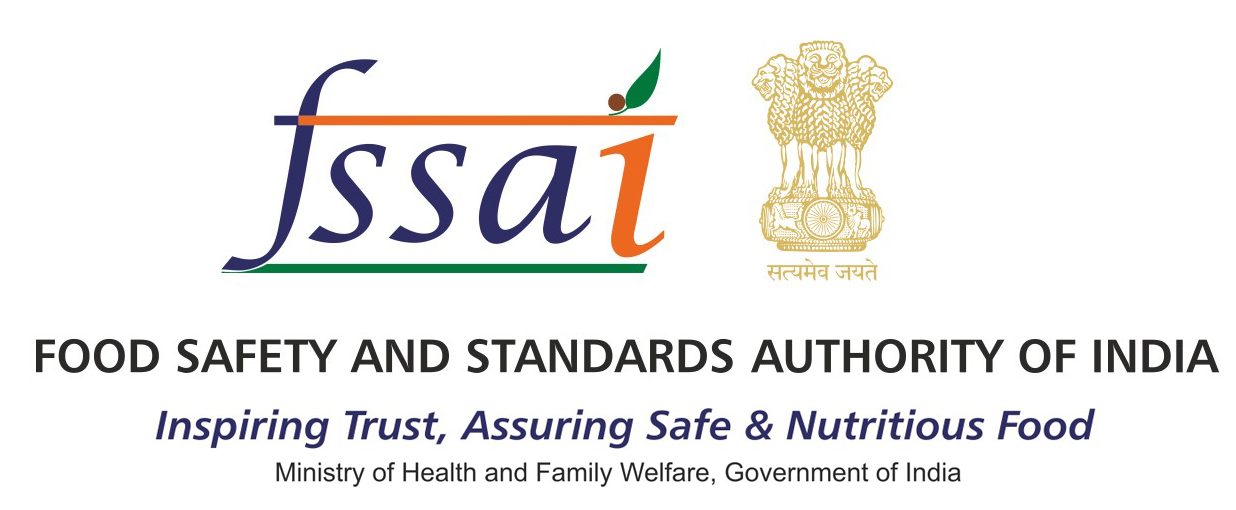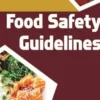 Food Manifest
Food Manifest
The house of resource for food safety.
food spoilage
- Home
- food spoilage

Suspected Fish Poisoning in Neyyattinkara Sends 35 to Hospital0
- A to Z, Food Hygiene, Food Safety, Health & Wellness, News
- October 30, 2025
Key Update Thirty-five people, including children, developed symptoms of food poisoning after eating red snapper fish, locally known as chemballi, in Neyyattinkara in Thiruvananthapuram on Thursday. They experienced vomiting, diarrhoea, and severe stomach pain shortly after consuming the meal. The affected families had bought the fish from coastal markets in Kanjiramkulam, Oorambu, Chamavila, and Kuruvadu.
READ MORE
Festive Sweets Under Watch: Salem Intensifies Safety Checks0
- A to Z, Food Hygiene, Food Safety, Health & Wellness, News
- October 17, 2025
Key Update With just three days to go for Deepavali, the Food Safety Department in Salem, Tamil Nadu, intensified raids at sweet shops and manufacturing units. Over the past ten days, 19 officials inspected production areas and collected samples to ensure sweets and savouries meet strict hygiene standards. Officials directed manufacturers to keep their production
READ MORE
What Are Biogenic Amines and Why Should You Care About Them?0
- A to Z, General, Health & Wellness
- September 3, 2025
Have you ever wondered why certain foods like cheese, fish, or sausages sometimes have a strong, sharp smell — or why eating them can occasionally trigger headaches or allergic reactions? The secret behind this lies in tiny natural chemicals called biogenic amines. These compounds form during food spoilage or fermentation and can have a big
READ MORE

Fridgescaping Trend Raises Food Safety Concerns, Experts Warn0
- A to Z, Food Hygiene, Food Safety, General, Health & Wellness
- July 25, 2025
At a Glance The viral trend of ‘fridgescaping’—decorating the inside of refrigerators with plants, baskets, lights, and other aesthetic items—may look Instagram-worthy, but health experts warn it poses serious food safety risks. Why Fridgescaping is Risky “The inside of a refrigerator is no place for decorating,” said Dr. Marc Siegel, clinical professor at NYU Langone
READ MORE
Monsoon Alert: FSSAI Says Clean Your Fridge Every 2 Weeks — Here’s Why0
- A to Z, Event, Food Hygiene, Food Safety, General, Health & Wellness, News
- July 4, 2025
FSSAI’s Fresh Advisory The Food Safety and Standards Authority of India (FSSAI) has issued updated food safety guidelines for the monsoon. In addition to its usual reminders to wash fruits and vegetables thoroughly and maintain good hygiene, one particular recommendation stands out: clean and defrost your refrigerator every two weeks. Why Fridge Hygiene Matters Dr.
READ MORE
Antimicrobial Coatings: A Game Changer in Food Safety and Shelf Life0
- Food Hygiene, Food Safety, General, Health & Wellness
- May 6, 2025
The food industry prioritizes food safety and longer shelf life. Microbial contamination often causes spoilage and foodborne illnesses, making it a key concern. To address this, manufacturers are using antimicrobial coatings as an innovative solution. These coatings inhibit the growth of harmful microorganisms like bacteria, mold, and fungi. They reduce contamination risks while preserving product
READ MORE














